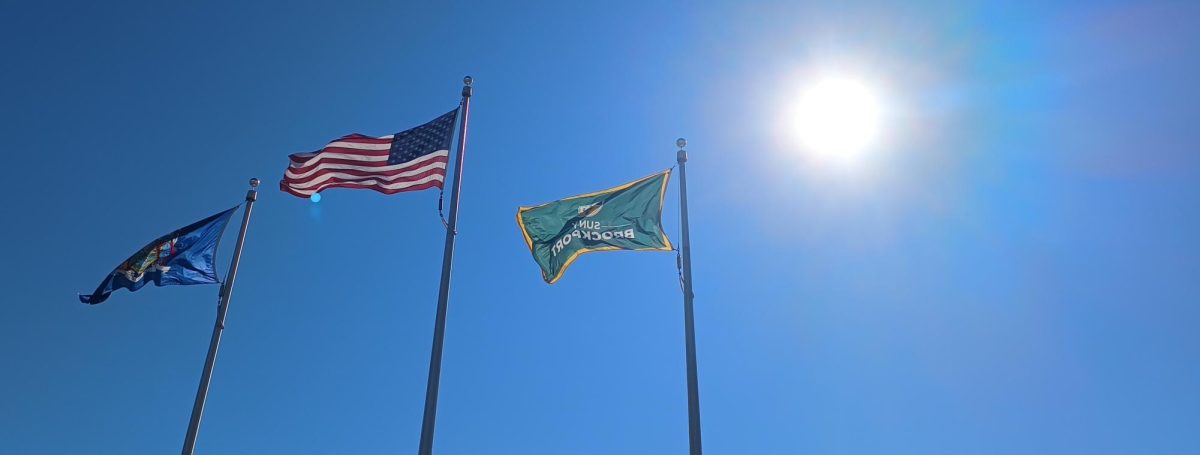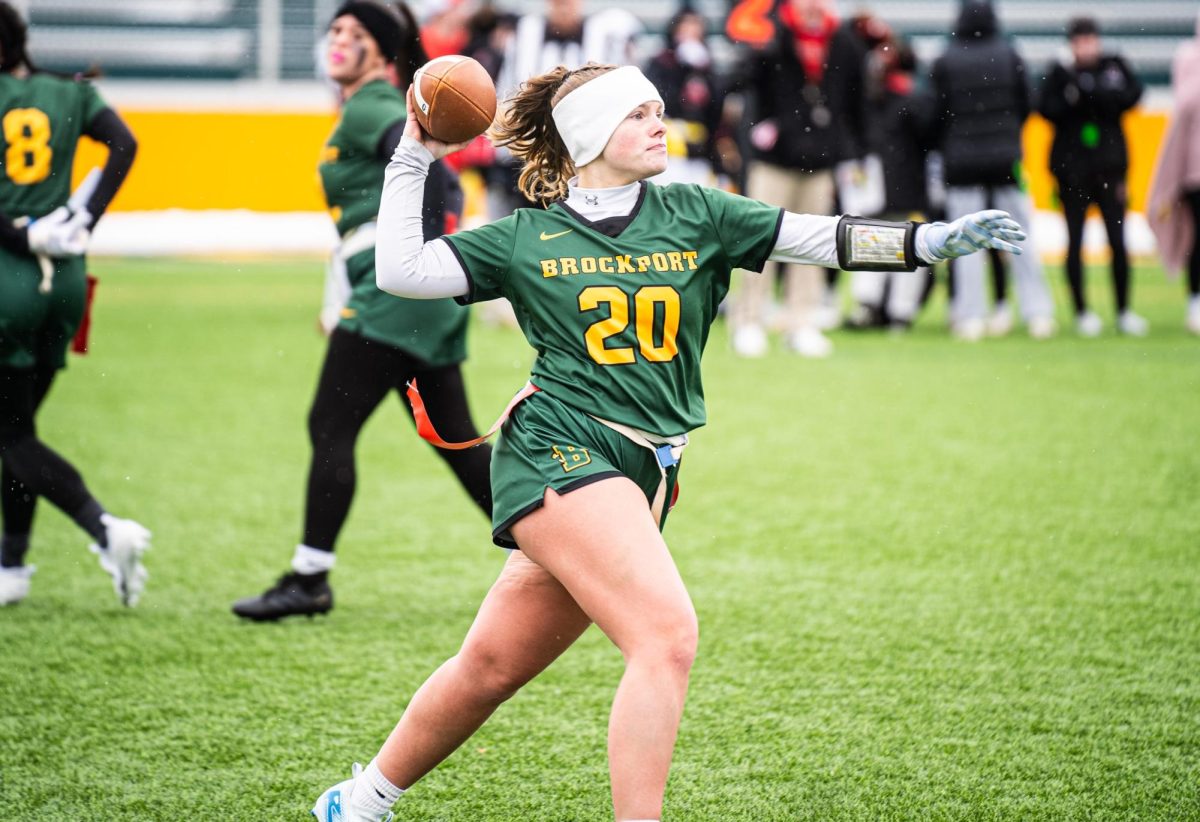By Shannon Blankenship
9,567 Division I college athletes opted to transfer to other colleges and universities in 2021. 9,567 Division I college athletes chose to change the course of their lives.
Graduate student and Canisius College women’s basketball player Vannessa Garrelts was one of them.
Garrelts transferred from Miami University to use her final year of eligibility this year. After spending the past four years at a public institution, she said she noticed an immediate difference.
“I feel like there is much more of an emphasis [at a private college], whether it’s in class, through basketball, or in general, of developing the whole person,” Garrelts said.
Like Garrelts, many athletes end up taking a different route. When interested in transferring from their current institutions, college athletes enter their names in the transfer portal.
According to NCAA statistics as of 2021, there were three main percentages to note.

Athletes transfer for various reasons; including money, academics and mental health. As athletes enter the portal in hopes of finding a new place to call home, coaches are searching for athletes to help build their program. However, this is no easy task.
Graduate student and softball coach at St. Lawrence University Catherine Johnson is one of these coaches.
Johnson played four years of college softball at SUNY Brockport, and now is a coach for a private institution. She said these two environments were vastly different.
“The coaching difference is only that as a college our enrollment struggles because of the importance of academics here and the cost of the school makes the recruiting process hard,” Johnson said. “But with the bigger price typically comes bigger donors so we receive significant money from alumni/parents and ‘friends of St. Lawrence’ to support these students.”
As Johnson struggled to find players, graduate student and softball coach at SUNY Cortland Kacie Hubbard struggled with funding them.
These struggles were not new to Hubbard as she played four years of college softball at a public college prior to her current coaching position at Cortland.
“Being a coach, I have seen the way my program spends money, how much money is spent, and what we spend it on,” Hubbard said. “Fundraising was a huge play on how our program made money. Hosting prospect camps on campus really draws in future recruits because it allows them to see the atmosphere of the program, but also the atmosphere of the school and see what we have to offer. We also have to be careful with what we spend our money on because we only get so much money from the athletic department. A lot of our fundraising money goes towards our spring break trip to Florida, without the fundraising, some of it would come out of pocket. As a former college athlete, I know that that is not something I could afford,” she said.
Many people believe the biggest difference between the three athletic divisions is skill; however, there is more to each than meets the eye. Only in the Division I and II levels can athletes earn free tuition based on athletics. Division III does not offer athletic scholarships.
“Personally, I have been on full scholarship every year through basketball so the main role money has played is seeing the difference in school/athletic budgets from being in the athletic environment,” Garrelts said.
While athletics and financial aid may be the main reason the potential recruits start out at their ideal school, academics also play a major role. In compliance with the NCAA, Division I schools follow a 2.3 minimum GPA and Division II 2.0 minimum GPA. Unlike Division I and II, all Division III colleges set their own GPA eligibility standards for athletes.
“St. Lawrence [a Division III university] is a high academic college, so our students and prospective recruits have to have a 3.7 or above GPA to be considered and receive financial aid to go here,” Johnson said.
On the opposing end, some public colleges do not have the same high academic standards.
“I don’t know the exact GPA requirement. I believe it was 2.0, maybe a 2.5,” Hubbard said.
While playing a sport and keeping up grades may be a tough task, the battle of mental health is a recurring conversation tied to athletics. Regardless of the division, coaches and athletes are concerned about their mental health.
“The pressures our athletes put on themselves not only athletically but academically especially is sometimes concerning,” Johnson said.
Hubbard said she has similar concerns for her players.
“For my players’ mental health, it was more so the heavy schedule. Being a part of Cortland softball, on top of their school work, lifts, study halls, and mandatory team bonding, etc., it was hard for them to have any time to themselves,” Hubbard said.
The stress of being a student-athlete takes enough of a toll on a young adult, uprooting their lives does not make it any easier.
Without change, 9,567 keeps growing.






















